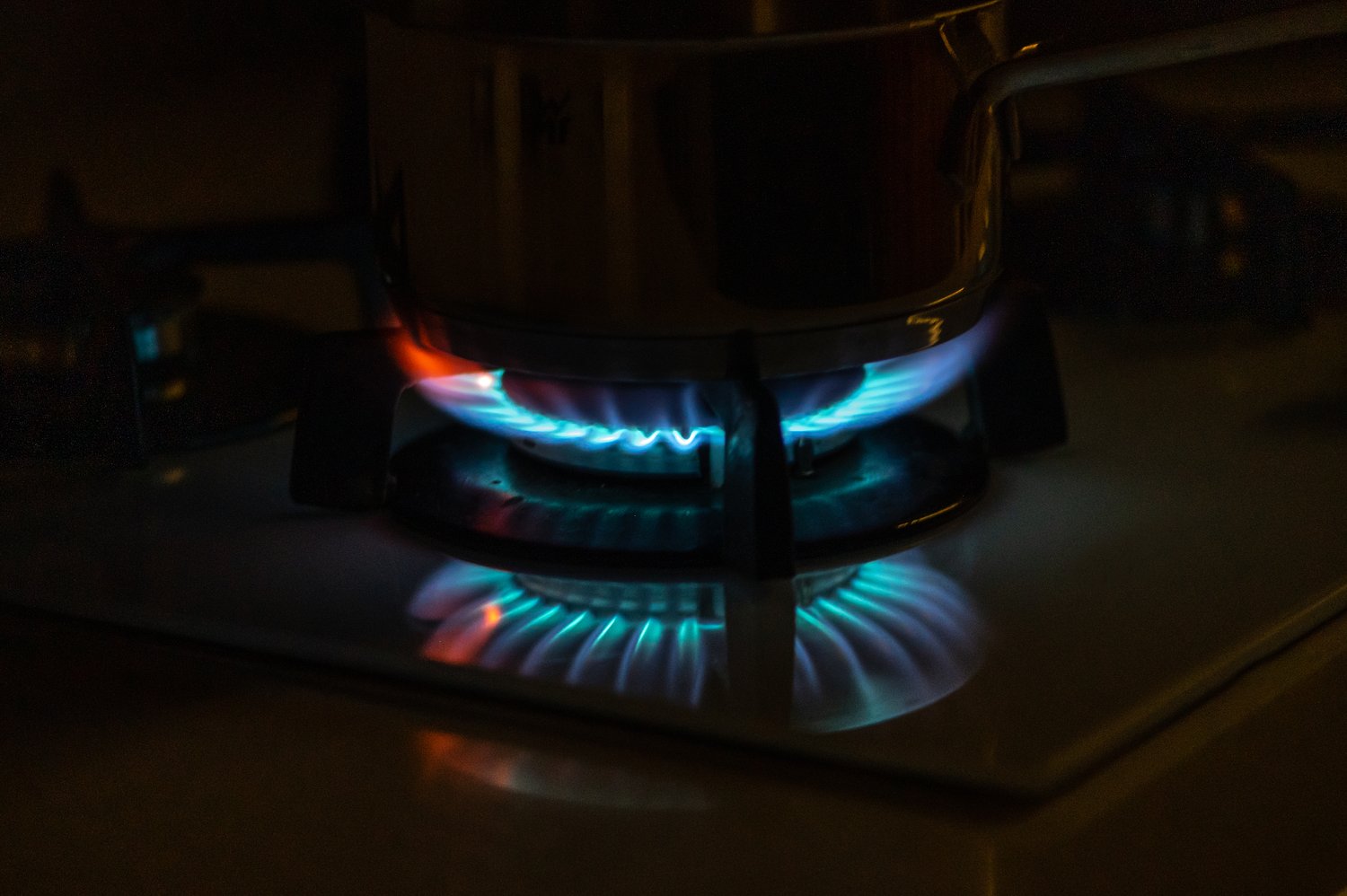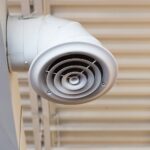Imagine you’re in the middle of preparing a crucial meal service, and your gas stove suddenly refuses to ignite. Such dilemmas can lead to stressful situations, especially in bustling commercial kitchens. Recognizing and resolving ignition issues quickly is essential for maintaining smooth operations and ensuring customer satisfaction.
- Uncover typical causes of ignition failures, from electronic mishaps to pilot light troubles, to quickly diagnose the problem.
- Gain insights into electronic ignition systems and their vulnerabilities, like weak sparks or wiring faults, with practical troubleshooting guidance.
- Explore common pilot light issues such as draft interference and thermocouple malfunctions, and learn the methods to address these effectively.
Equipped with the knowledge from this article, you will be better prepared to tackle gas stove ignition problems confidently. For complex issues, don’t hesitate to consult with a professional to ensure your kitchen equipment operates seamlessly.
Common Causes: Why Won’t My Gas Stove Ignite? Troubleshooting Electronic and Pilot Light Issues
A gas stove’s failure to ignite can disrupt your entire cooking routine. Understanding ignition failures is crucial for proper diagnosis and repair. Common causes include both electronic ignition system problems and pilot light malfunctions.
Electronic ignition issues might stem from power supply challenges, such as a defective ignitor or problems with the control module. In contrast, pilot light issues often involve air drafts extinguishing the flame or a malfunctioning thermocouple. Identifying the specific issue at hand is essential to restore your stove’s functionality.
By gaining insight into these problems, you can tackle them effectively and ensure your kitchen equipment operates smoothly. With this knowledge, pinpointing the cause of ignition issues becomes less daunting, saving time and potentially avoiding unnecessary repair costs.
Identifying Electronic Ignition Problems
Electronic ignition systems are popular in modern gas stoves for their efficiency and safety features. However, these systems are not without their drawbacks. A common issue is faulty wiring, which can prevent the ignition spark from forming correctly.
Problems might also arise from weak sparks, often caused by worn-out or improperly aligned ignitors. Additionally, electronic control modules can malfunction due to electrical surges or component failures, disrupting the ignition process entirely.
To troubleshoot these issues, start by inspecting the ignitor for visible cracks or dirt. Ensuring a clean and correctly aligned ignitor can often resolve weak spark problems. If the problem persists, the next step is to test the wiring connections for continuity using a multimeter. This will help identify any disruptions in the electrical path.
In cases where these methods do not yield results, it might be time to consult a professional. An expert can provide technical support, especially if the control module appears to be the source of the issue.
Addressing Pilot Light Concerns: Why Won’t My Gas Stove Ignite? Troubleshooting Electronic and Pilot Light Issues
The traditional pilot light system remains a common feature in many gas stoves, providing a continuous flame that ignites the burner when needed. However, when your gas stove won’t ignite, the culprit could very well be the pilot light. Understanding how this system works and what might go wrong is essential for efficient troubleshooting.
A notable problem that affects pilot lights is the presence of air drafts. These can extinguish the flame, especially if the stove is located near windows or doors that are frequently opened. In such cases, it is crucial to address the source of the draft or shield the pilot light to prevent recurring ignition issues.
Another significant factor to consider is the thermocouple. This component is vital in gas safety, as it detects the flame’s presence and signals the gas valve to close if no flame is detected. A dirty or faulty thermocouple can lead to the gas supply being cut off, preventing the pilot light from staying lit. Cleaning the thermocouple or replacing it can often resolve such issues.
To effectively troubleshoot pilot light issues, start by ensuring the area around your stove is free from drafts. Check that the pilot light orifice is not obstructed by dirt or debris, as this can hinder the flame. If the issue persists, examine the thermocouple. Ensure it is properly positioned and clean any deposits that might affect its function.
Understanding these common problems and employing these straightforward solutions can often restore your stove to full functionality. A persistent issue may indicate a need for a professional inspection to resolve more complex problems and to ensure your gas stove operates safely and efficiently.
Frequently Asked Questions on Gas Stove Ignition Issues
What should I check first if my gas stove won’t ignite?
Check if the gas supply is on and ensure the stove is plugged into a power source.
Why does my electronic ignition produce a weak spark?
Weak sparks can be caused by faulty wiring or a dirty igniter. Clean and inspect them for damage.
How can I tell if my thermocouple is failing?
If the pilot light won’t stay lit, this could indicate a thermocouple issue. It may need replacing.
Can air drafts affect my pilot light?
Yes, air drafts can extinguish the pilot light. Ensure your kitchen is free from sudden airflow changes.
Is it safe to seek professional help for complex ignition issues?
Yes, for complex problems, consulting a qualified technician ensures safety and proper repairs.





